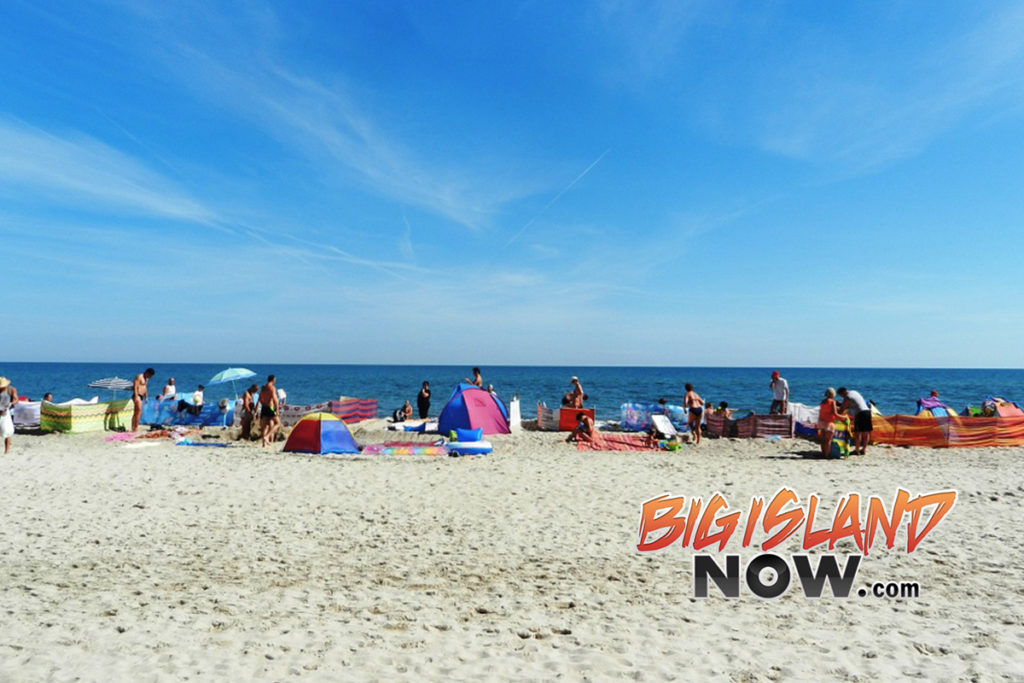Water Quality Continues to Improve at Kaua‘i Beaches
 As Kaua‘i works to recover from the destructive flooding experienced earlier this month, the Hawai‘i Department of Health is continuing to test and evaluate the water quality along the island’s coastlines.
As Kaua‘i works to recover from the destructive flooding experienced earlier this month, the Hawai‘i Department of Health is continuing to test and evaluate the water quality along the island’s coastlines.
After evaluating the latest round of water quality samples, there is no longer a brown water advisory in effect for the following beaches:
Lawai Beach Park
Kukuiula Bay
Nukoli‘i Beach Park
Waipouli Beach Park
Kapa‘a Pavilion
Prince Kū-hiō Park
Water is tested for enterococcus, which is an indicator of potentially unsafe bacteria in the water. The beaches above tested well below the single sample maximum for enterococcus, which is 130 colony-forming units (cfu) per 100 milliliter).
Beaches around the island will continue to be tested as needed as part of the ongoing response to damage caused by the severe flooding. DOH inspectors test beaches based on a visual examination: if the water is brown, no sample is collected since it will likely test positive for high bacteria counts, indicating it is unsafe for people to swim. If the water is clear, a sample is collected and tested to determine the safety of the water. As water quality continues to improve, it is expected that results will enable the removal of brown water advisories at the sampled beaches.
For the latest updates on brown water advisories, visit DOH’s Clean Water Branch website. Here, the public can sign up for mobile alerts to get the most up-to-date information on brown water advisories around the state.
The public is advised to stay out of floodwaters and storm water runoff due to possible overflowing cesspools, sewer, manholes, pesticides, animal fecal matter, dead animals, pathogens, chemicals, and associated flood debris. Children should not be allowed to play in floodwater areas. If you must enter brown water along coastlines or in areas where water has pooled due to flooding, take precautions to cover any open wounds or injuries, and be sure to wash and rinse thoroughly with soap and clean water afterwards.













